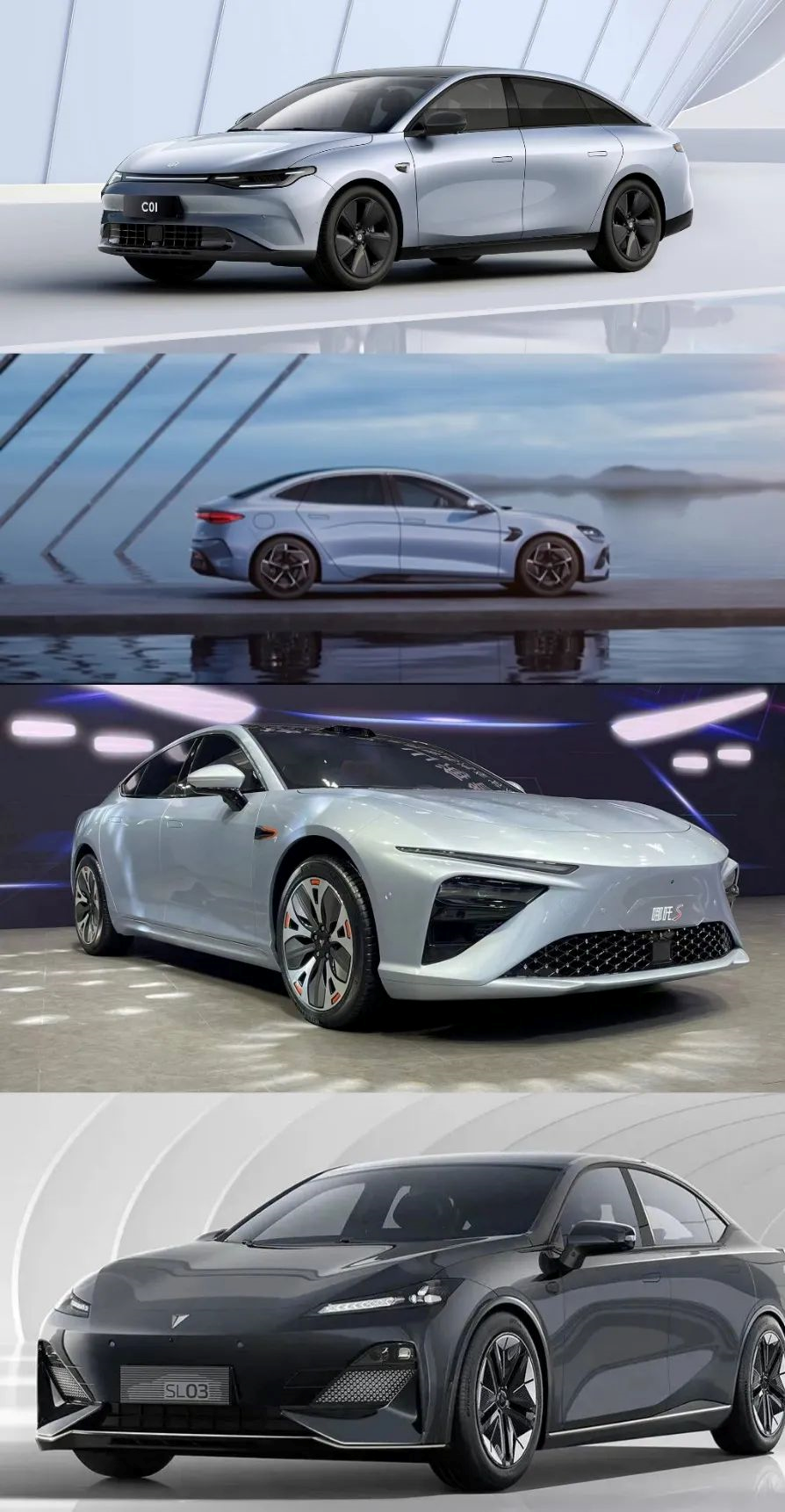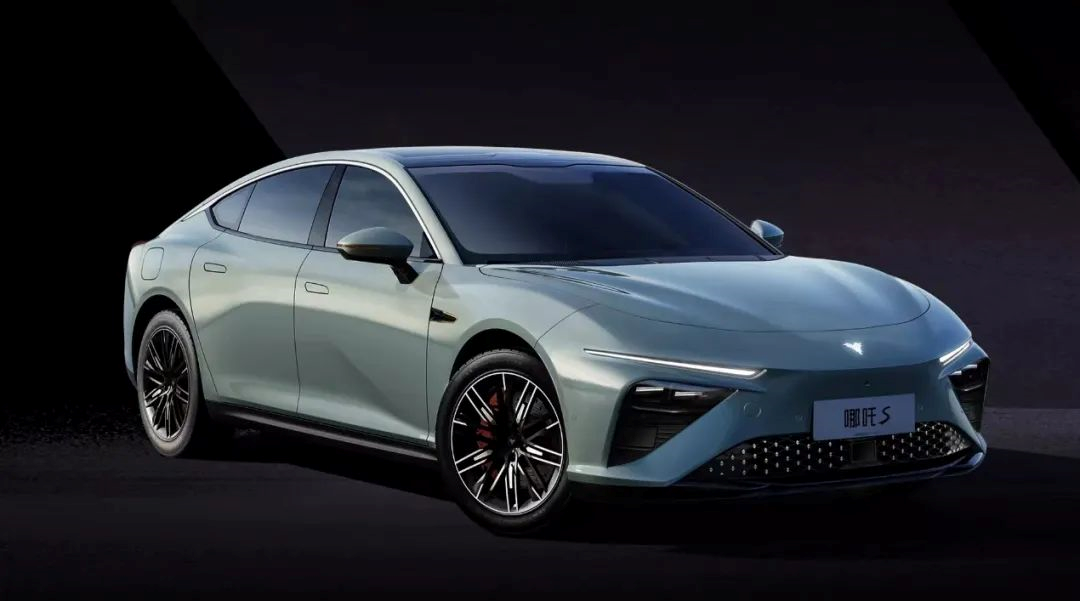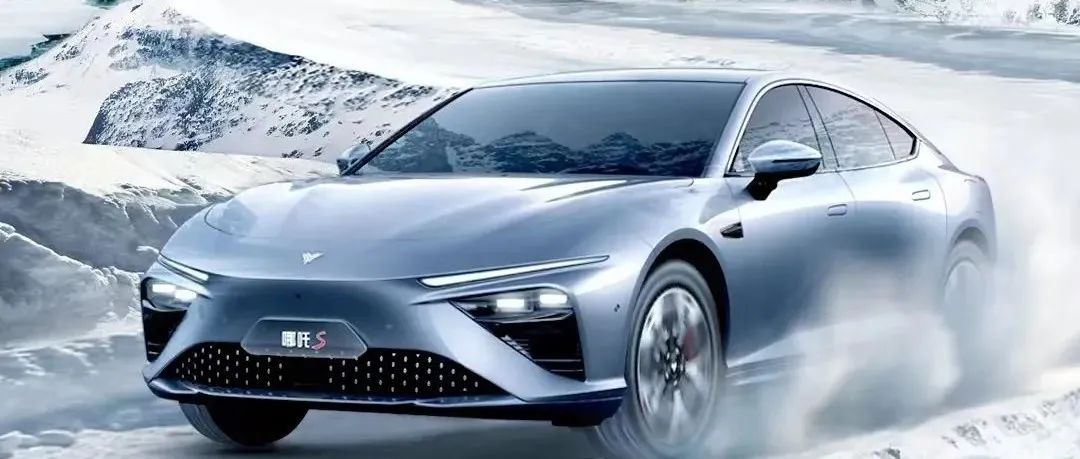Electric Cars Four Dragons in May
Author: Liang Zelin
Editor: Wang Pan
Since May, two of the recently dubbed “Electric Cars Four Dragons” have started pre-sales. One is the “Leapmotor C01” (pre-sale price 180,000-270,000 RMB), and the other is the “BYD Hippo” (pre-sale price 212,800-289,800 RMB).
Next up is the NETA S, which will be unveiled at the Guangdong-Hong Kong-Macao Greater Bay Area Auto Show on May 28, and the first product of Changan’s new brand, SL03, which will make its debut on May 30.

These four cars are quite similar in appearance, size, and price range, and they will all be released between May and June. As the demand for new energy vehicles in the 150,000-300,000 RMB range remains strong, all four have attracted a lot of attention.
According to official data, the Hippo sold 22,637 units during the first 6 hours of pre-sale, while the C01 broke through 20,000 orders in the first 4 hours. It seems that the C01 outperformed the recently popular BYD. However, Leapmotor’s zero-yuan deposit and lower pricing give it a certain advantage.
In fact, offering a zero-yuan deposit is just a small marketing strategy to attract consumers who are still on the fence before the release of the NETA S and Changan SL03.
Just recently, the NETA S had some new news, and its scissor doors and extended-range configuration are eye-catching, reminiscent of the XPeng P7 and Ideal ONE.

Specifically, the NETA S is based on the Shanhaitong platform and offers two types of power, extended-range and pure electric. The NEDC comprehensive range of the extended-range version is 1100 km, while the pure electric version has a range of 710 km with a minimum electricity consumption of 12 kW/h, compared to the Hippo’s 12.6 kW/h.
In terms of power, the four-wheel-drive version has a peak power of 340 kW for front and rear dual electric motors, a peak torque of 600 N·m, and can accelerate from 0 to 100 km/h in 3.9 seconds. The chassis is the same as that of the Hippo and C01, using a front double wishbone and a rear five-link design.

In terms of size, since the specific body data of NETA S has not been announced yet, according to the official data disclosed by Photon Motors, it can be seen that NETA S is leading in terms of width and wheelbase compared to other models.

In terms of interior design, it uses four interactive screens: a 17.6-inch floating central control screen, a 12.3-inch passenger entertainment screen, and a 13.3-inch instrument screen. Among the four cars, NETA S has the most screens. Although the LI C01 also has three physical screens, it does not have a heads-up display function. In terms of intelligent cockpit, NETA S is equipped with the 8155 chip.
The most prominent feature of the information that has been exposed about NETA S is its driving assistance capabilities. The specific hardware perception configuration includes Huawei MDC computing platform, 2 solid-state lidars, 11 driving assistance cameras, 5 millimeter wave radars, 12 ultrasonic sensors, and high-precision positioning units and high-precision maps.
Currently, it seems that NETA S is the only car model equipped with lidar, and the perception configuration and computing power are also the most abundant. However, the earliest official picture of NETA S showed three lidars on top of the car. It is unclear whether it was influenced by comments on the ET7 and Li ONE, but the central lidar was removed after production.

Let’s talk about the driving assistance system of NETA S. In fact, in the technical exchange meeting in March of this year, NETA released the TA PILOT intelligent driving system developed by themselves, and revealed that TA PILOT 4.0 will be installed in NETA S.
TA PILOT 4.0 will cover point-to-point driving assistance in high-speed scenarios, urban open road scenarios, and endpoint road scenarios, and will be divided into NNP (high-speed navigation), NCP (city navigation), and NVP/NMS/NTP, namely automatic parking, recall, and memory parking functions.
Currently, only a few car companies such as NIO and Great Wall offer high-speed assisted driving, and LI will push it in the second quarter. However, for urban driving assistance functions, only XPeng, BluePark, NIO, and Great Wall have plans to launch this year.
From the existing information, NETA S’s configuration has a slight advantage in this round of product releases. However, the most important factor, pricing, has not yet been revealed. If the pricing is too high, it may enter the competition range of models such as the Zeekr001 and NIO ET5. In the past, NETA’s sales prices have mostly been below RMB 150,000, so the brand power may not be particularly strong.The answer will soon be revealed at the end of the month – whether it’s best to wait for the victory of the “wait-and-see” party or to enjoy the benefits early by buying now.
This article is a translation by ChatGPT of a Chinese report from 42HOW. If you have any questions about it, please email bd@42how.com.
